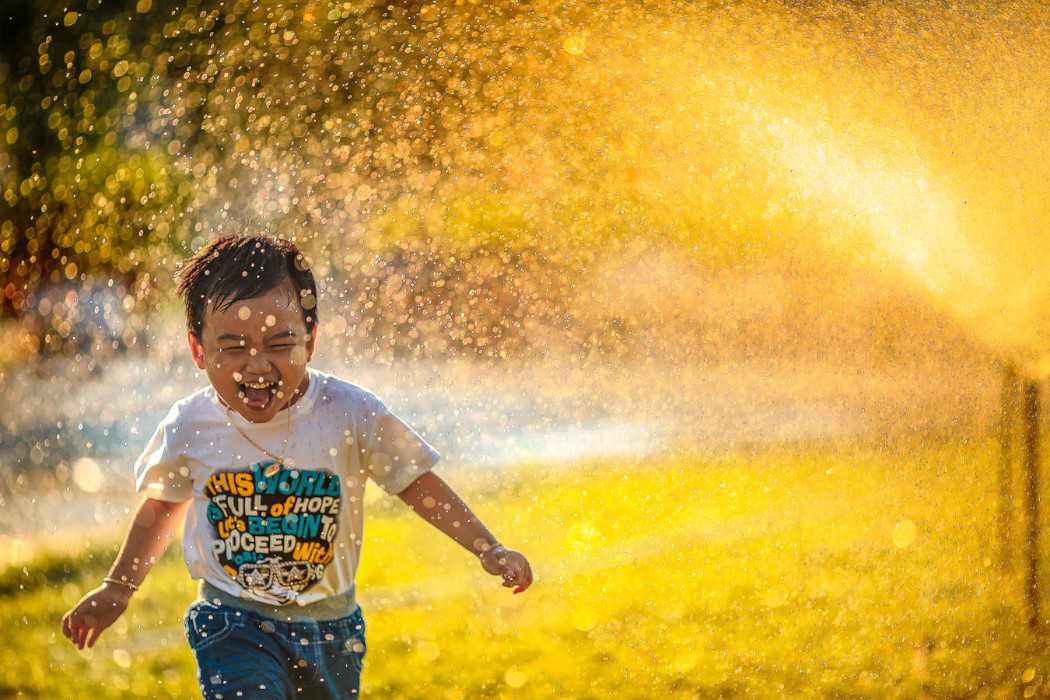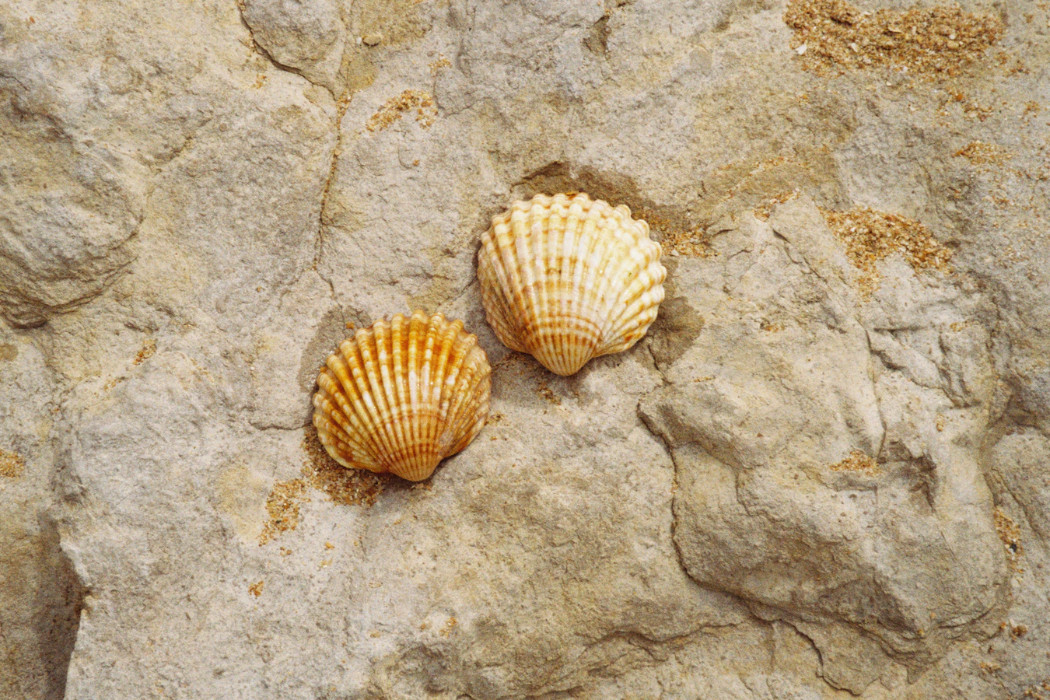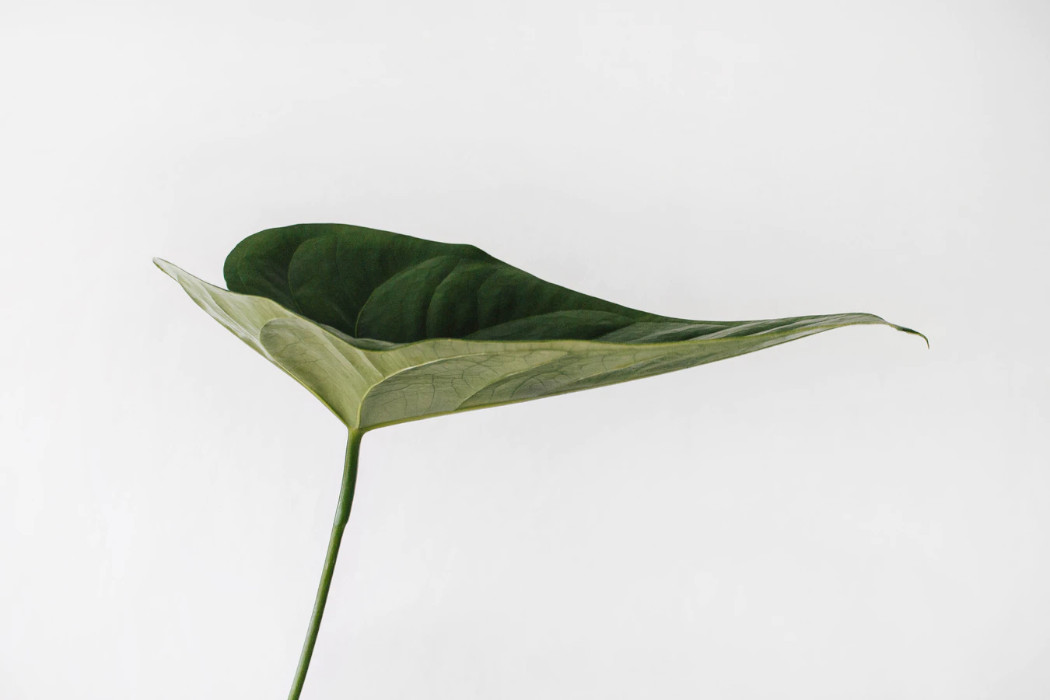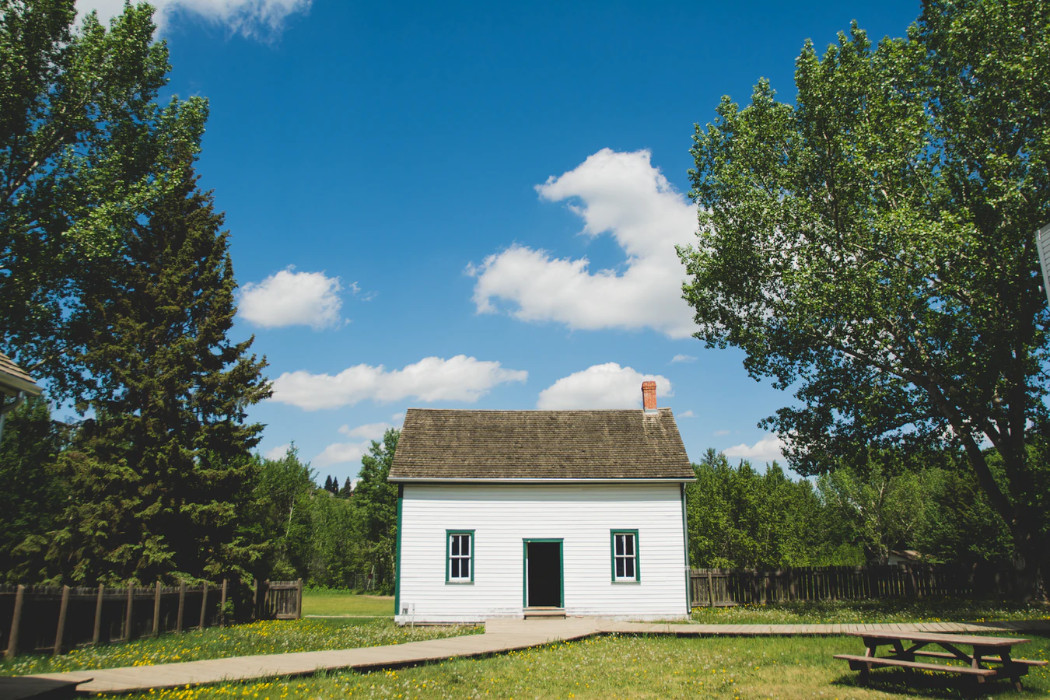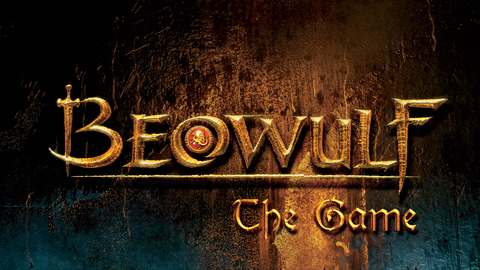Far reaching, obscure symbolic associations are rare in Synge and in Riders his imagination works within the realm of the life and culture of the Aran people. Spending his summers in the barren landscape of Aran imbibed in Synge the strong note of fatalism which enveloped the existence of the Araners. The consequent philosophy that he derived from this fatalism reaches us through the poetic medium of Riders to the Sea, greatly molded by the play’s symbolism. T.R Henn describes this symbolism as the product of the creative imagination of Synge which apprehends or corresponds between myths, legends, events or things. Within the formal limits of a one act play, Riders to the Sea radiates various meanings through the symbolism that is constructed on the comprehensive archetypal motif of conflict between man and nature, life and death.
The Sea in Riders, lays the groundwork for the archetypal symbolism. It stands for the nemesis, the untamed pantheistic Nature that destroys or the Immanent Will in front of which the Araners have to bow down. Every symbol in Riders is directly or indirectly connected to the Sea – the auxiliary of death. The Riders are another archetypal symbol – all men of the island are the riders to the Sea and consequently Death. Here, one recalls the Sea God Poseidon as the Death of Bartley is not unlike the death of Hippolytus.
The greatness of Synge like that of Ibsen derives partly from his ability to convert the local and realistic into visual symbols of the universal and the metaphysical which can be perceived in the way he has transformed a simple stage set into something meaningful with the help of symbolic suggestions. The dramatic symbols on the stage as T.R. Henn describes, “dissolve, coalesce, and combine in tension or opposition to give depth or contraptual irony to the mechanics of an apparently simple theme”. Pot-oven, oil-skins, fishing-nets, boards, spinning wheel – all the paraphernalia of peasant life so thoroughly domestic on one level of meaning metamorphose as the play progresses into pure poetry of the theatre. The nets and oilskins firstly are the primary means of making at least one aspect of the sea concrete and palpable on stage – that of the nourisher and the provider. The cake and pot-oven symbolize life and sustenance. Now, part of the tension or the ‘contraptual irony’ of the scene derives from the opposing presence of the white coffin boards – a constant visual reminder of not just Death but the treeless soil of the Aran since the boards have to be imported from Connemara. What we have in effect are two carefully juxtaposed and almost conventional symbols of life and death which in their coalescence develop the thematic idea – Man, in this world of barren soil is inevitably driven to live off the Sea which acts as the giver but asks for repayment through the life of the young bread-winners.
In Riders, Cathleen symbolizes the three fates, ironic in her inability to control. The pattern of fate is being spun and woven inexorably in Riders as in any Classical tragedy and Synge has provided the dramatic symbol, the stage equivalent for the same through the symbol of the spinning woman – Cathleen at her spinning wheel, snapping a thread every time a death is on the cards.
Synge’s symbolism is not just classical; it is also specifically Christian in evocation. The ‘young priest’ is the symbol of the Christian faith in the islands which is fairly new and ineffectual in countering the ravages of the Sea. In Maurya’s vision of Bartley on the red mare followed by Michael’s phantasm on the grey pony, Synge uses the Aran material to invoke wider echoes for the audience – those of the Horsemen of the Apocalypse from the Book of Revelation: “And I looked, and behold a pale horse, and his name that sat on him was Death”.
Certain symbols from the Irish folk-lore have also been employed to heighten the tragic atmosphere of the play. The pig with the black feet is an ominous symbol which by biting on the rope symbolizes the shorting of life by death. The star up against the moon, the black hags and black cliffs all symbolize death and ominosity. Synge makes use of the popular local belief that the flood-tide induces birth whereas the ebb tide causes Death. “As the tide turns” – runs like a prophecy through the poem, symbolizing that death is always lurking around.
The number nine due to its constant iteration in the play attains a symbolic virtue, pointing towards Death. Michael was missing for nine days, Maurya like Niobe, wept nine days for her lost son. Maurya herself, recalling the drowning of Patch, reports that she saw “two women and three women and four women coming in’. This adds up to nine again as do the numbers mentioned by Bartley himself when he says optimistically, ‘you’ll see me coming again in two days, or three days or four days if the wind is bad. The number nine signifies triple trinity and is therefore a perfect number to be used in the context of Riders.
Towards the end of the play, Maurya emerges as the symbol of universal motherhood. The Sea elevates Maurya from a lowly peasant woman to a prophet praying for mankind as her grave loss gives her a mystical insight into the inscrutable ways of life. Her forgetting the nails, the Christian symbol of human pain and suffering, symbolized her elevation and forsaking of earthly pains. Her final gesture of turning down the empty cup is symbolic – she has attained a state of “calm of mind, all passions spent” (Samson Agonistes, Milton).
Thus we see that the symbols set in the matrix of rhythmical speech permeate the play, setting the imagination of the audience in motion and extend it beyond the apparent simplicity of the plot. The symbols not only create an atmosphere of tragic foreboding but create an image of a unique civilization. They are the crystallization of Synge’s own awareness of the tragic nature of life. While creating a purely pagan despair the symbols also refer to classical and Christian allusions and elevate the play from the local to the universal.
Some online learning platforms provide certifications, while others are designed to simply grow your skills in your personal and professional life. Including Masterclass and Coursera, here are our recommendations for the best online learning platforms you can sign up for today.
The 7 Best Online Learning Platforms of 2022
- Best Overall: Coursera
- Best for Niche Topics: Udemy
- Best for Creative Fields: Skillshare
- Best for Celebrity Lessons: MasterClass
- Best for STEM: EdX
- Best for Career Building: Udacity
- Best for Data Learning: Pluralsight


